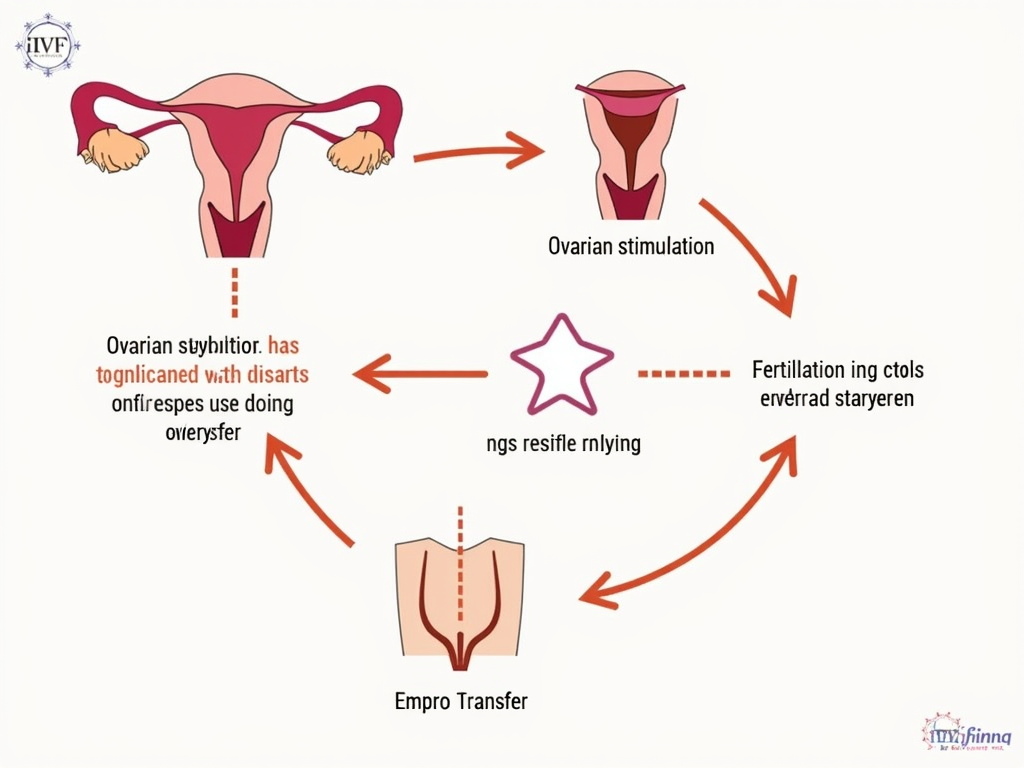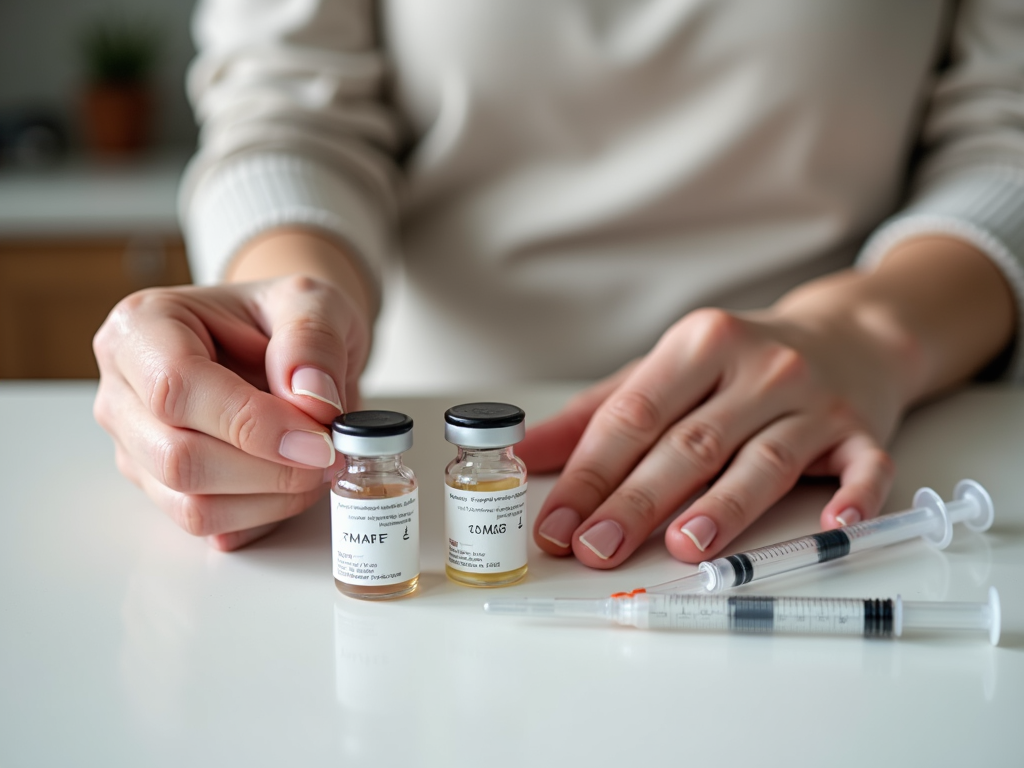Understanding IVF Treatment: A Comprehensive Overview
March 20, 2025, 8:16 a.m.
In vitro fertilization (IVF) offers hope to countless couples facing infertility. This article delivers a complete IVF Treatment Overview, covering the process, medications, and emotional ups and downs, plus handy tips for anyone starting this journey.
What is IVF?
IVF stands for in vitro fertilization. It’s a process where doctors fertilize an egg with sperm outside the body, then place the embryo into the uterus. It sounds high-tech, but it’s a lifeline for many. Let’s walk through it step by step.

Who Needs IVF?
Infertility affects people for all sorts of reasons—blocked tubes, low sperm counts, or even mysteries doctors can’t fully explain. IVF steps in when simpler fixes like pills or timed intercourse don’t work. It’s not the first option, but it’s a powerful one.
The IVF Process
Step 1: Ovarian Stimulation
First, you’ll take fertility drugs to boost your ovaries into making multiple eggs. It’s a big step, and the injections can feel overwhelming. I’ve heard from friends who say it’s like a daily ritual—nerve-wracking at first, but you get the hang of it.
Here are some IVF medication injection tips to make it easier:
- Set a timer: Pick the same time each day to keep it routine.
- Ice it up: Numb the spot with an ice pack before the shot.
- Ask for help: If needles scare you, let your partner or a nurse step in.

Step 2: Egg Retrieval
Once your eggs are ready, a doctor uses a thin needle to collect them. It’s a quick procedure under sedation, so you won’t feel much. Afterward, you might feel crampy—like a heavy period. Rest helps.
Step 3: Fertilization
Next, the lab team combines your eggs with sperm. Sometimes they use a special technique to inject sperm directly into an egg. It’s amazing to think about—a tiny spark of life starting in a dish!
Step 4: Embryo Transfer
A few days later, the doctor places the embryo into your uterus. It’s simple—no surgery, just a small tube. You’ll rest briefly after, and then comes the waiting game. That two-week wait? It’s tough, but hopeful.

IVF Medication: What to Expect
IVF Medication keeps the process moving. You’ll use drugs like Follistim or Gonal-F to grow eggs, and maybe a trigger shot like hCG. Side effects? Think bloating, mood swings, or tiredness. Here’s a quick table:
| Drug | Purpose | Common Side Effect |
|---|---|---|
| Follistim | Stimulates ovaries | Bloating |
| Menopur | Boosts egg growth | Headaches |
| hCG Trigger | Releases eggs | Mild cramping |
To manage these, drink water, rest up, and don’t be shy about asking your doctor questions. One woman I know kept a little ‘shot diary’—it helped her feel in control.
The Emotional Side of IVF
IVF isn’t just physical—it’s a mental marathon. You might feel excited one day, crushed the next. That’s normal. I’ve seen couples lean on each other, join online groups, or even try yoga to cope. What works for you?

Success Rates: What Are the Odds?
Success depends on a few things—your age, the reason for infertility, and even the clinic’s expertise. For women under 35, about 40% of cycles lead to a baby. Over 40? It drops to around 15%. But every story’s different.
Lifestyle matters too. Eating well, cutting stress, and skipping that extra coffee might nudge the odds in your favor. It’s not a guarantee, but it’s something you can do.
Costs and Insurance
IVF isn’t cheap—$12,000 to $15,000 per round is typical. Some insurance plans cover parts, like meds or tests, but many don’t. Look into grants or payment plans if you’re worried about the bill.

Tips From the Trenches
People who’ve been through IVF often share gems. One friend said, ‘Prep your freezer with easy meals for retrieval day.’ Another swore by acupuncture to relax. Small stuff, big impact.
Summary
This IVF Treatment Overview shows it’s a big journey—shots, waits, hopes, and all. You’ll tackle fertility drugs, ride emotional waves, and maybe find strength you didn’t know you had. Support’s out there, and every step counts.